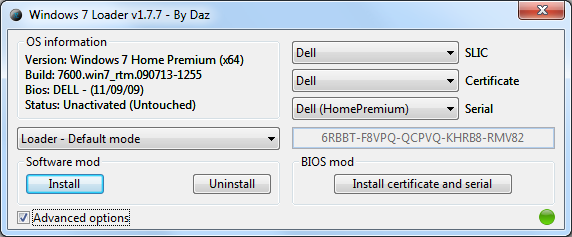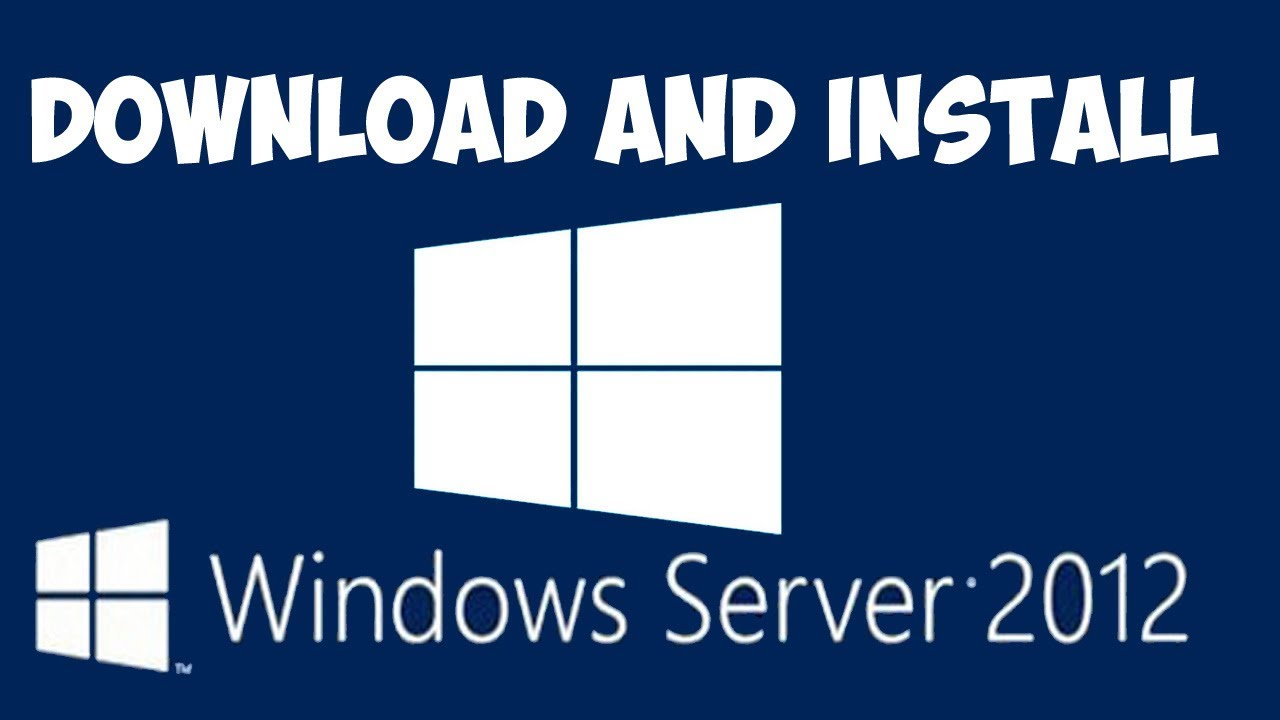


You can quickly view the status of your system by clicking on the Local Server item or by launching any of the management tools from the Tools menu. Server Manager is the primary tool for all system management-related information. It’s also available from the desktop by clicking on the icon in the taskbar that looks like a little computer tower with a toolbox in front of it. This utility will launch by default when you log in to the system. With the base operating system installed, add new roles and features using Server Manager. Sixteen gigabytes of memory is more than enough to run three or four VMs, and you probably need at least one to provide the domain controller (DC) role. We also chose to go with Windows Server 2012 DataCenter to make it possible to run more than two virtual machines on the laptop. For this installation it makes sense to install the graphical version of Windows Server 2012. This makes installing the software from a DVD a snap. While the Portege 920 is a thin and light unit, it still comes with a DVD drive as standard equipment. The stock hard drive is an SSD, which we’ll save for later when we convert the laptop back to a Windows 7 machine. To access the hard disk you must remove a second cover plate (see figure 2) and then disconnect the single connector. Replacing the hard drive was almost as simple. Our Portege R930 came with a single 4GB RAM chip that we removed and replaced with the new 8GB ones provided by Crucial (see figure 1 - and click on the thumbnail for a larger image). If you attempt the same kind of upgrades you’ll want to take care that you don’t damage any sensitive electronics through electrostatic discharge. Toshiba makes it easy to get to both with separate compartments and removable covers. Upgrading the RAM and hard drive require removing a few screws on the bottom of the unit. We were also provided with 16 GB of RAM from Crucial and a hybrid 500 GB SATA drive from Seagate to use for the project. This laptop is particularly well-suited to the task, as it comes with an Intel Core i7-3520M CPU along with two USB3 ports and an eSATA port. In this article we’ll look at the steps necessary to get Windows Server 2012 up and running on a Toshiba Portege R930. Both of these reasons should appeal to any IT administrator trying to get up to speed with Microsoft’s Windows Server 2012. It also gives you a “real” system for developing and testing administration scripts in an isolated environment.

Why would you ever want to run a server operating system on a laptop you say? For one thing, it allows you to have a portable system for training and experimentation without the need to be connected to a network.


 0 kommentar(er)
0 kommentar(er)
